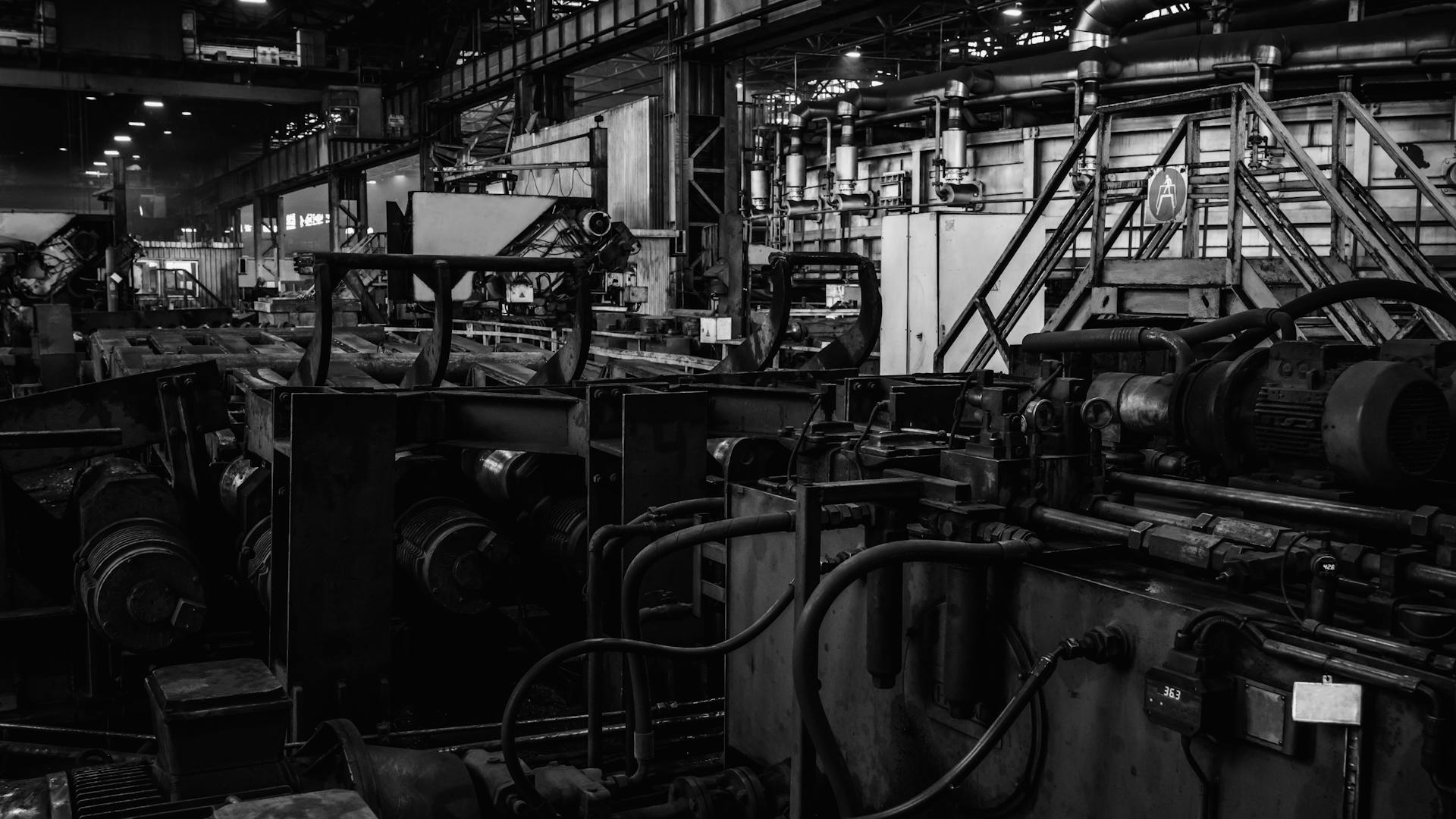The manufacturing sector faces a rapidly shifting landscape—fierce global competition, rising consumer demands, and pressure to reduce costs without sacrificing quality. Consequently, manufacturers worldwide are turning to digital transformation to stay ahead. The recent evolution of Industry 4.0 technologies—ranging from predictive analytics to IoT-driven machinery—opens up new possibilities for efficiency, productivity, and competitive advantage. Below, we explore key benefits and reasons why digital transformation is a crucial next step for manufacturing organizations.
Reduces Manufacturing Costs by Up to 30%
One of the most compelling advantages of digital transformation is cost reduction. By integrating smart manufacturing solutions—such as real-time data collection, automated processes, and advanced analytics—companies can greatly enhance operational visibility. Better visibility translates to:
- Streamlined Inventory Management: Predictive algorithms help optimize stock levels, avoiding both shortages and excess.
- Optimized Production Schedules: Automation and scheduling tools minimize idle time, coordinate resources, and help control labor costs.
- Fewer Errors and Defects: With data-driven quality control, the chances of production errors drop, leading to significant cost savings over time.
Decreases Machine Downtime by 50% & Increases Equipment Lifespan by 20%
Machine downtime represents lost revenue, delayed orders, and potential damage to a brand’s reputation. Digital transformation addresses these challenges through preventive and predictive maintenance:
- Real-time Monitoring: IoT sensors continuously measure performance indicators, flagging potential machine failure well before a major breakdown occurs.
- Data-driven Scheduling: Maintenance schedules are based on actual machine health instead of fixed time intervals, reducing unnecessary repairs and maximizing uptime.
- Longer Machine Lifespans: When equipment is regularly fine-tuned and properly maintained, it lasts longer, ensuring a better return on capital investments.
Boosts Productivity by 20–25% & Improves Product Development by 30%
Improving throughput and product development speed is another key incentive for adopting advanced digital tools:
- Enhanced Collaboration: Cloud-based platforms enable teams to coordinate in real time, share data, and fast-track decision-making.
- Faster Prototyping: Digital simulations and agile product design methods shorten development cycles, getting new products to market sooner.
- Employee Empowerment: Automated tasks free up employees to focus on innovation, problem-solving, and improving overall quality.
Conclusion
Digital transformation is far more than a buzzword—it is a clear pathway toward sustained success and growth in the manufacturing industry. By leveraging data-driven strategies and Industry 4.0 solutions, manufacturers can reduce costs, minimize downtime, extend the life of valuable equipment, and continually innovate products. In an era defined by rapid change, embracing these new technologies can mean the difference between playing catch-up and becoming an industry leader.




